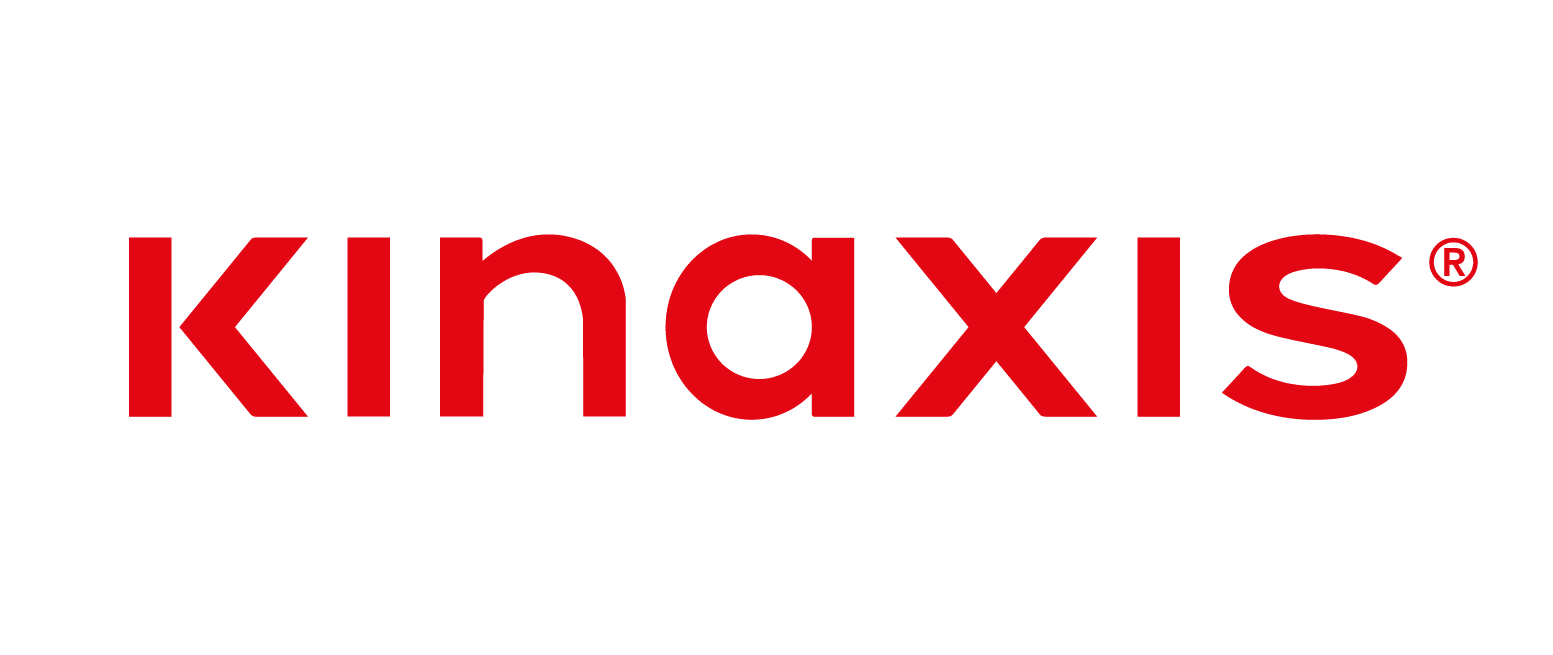 Supply chains have experienced significant disruptions in the first half of 2022, from a global pandemic to wars, rising fuel costs, and a potential recession. Throughout the past six months, rates and capacity have been highly volatile as the industry deals with other ongoing challenges. The American Transportation Research Institute (ATRI) continues to rank driver shortages, driver retention, and the costs of extensive regulatory compliance on carrier operations as top concerns for carriers.
Supply chains have experienced significant disruptions in the first half of 2022, from a global pandemic to wars, rising fuel costs, and a potential recession. Throughout the past six months, rates and capacity have been highly volatile as the industry deals with other ongoing challenges. The American Transportation Research Institute (ATRI) continues to rank driver shortages, driver retention, and the costs of extensive regulatory compliance on carrier operations as top concerns for carriers.
Shippers, despite all obstacles, are expected to reduce freight spending, drive efficiency, and improve customer service every year with incremental improvements year-over-year.
This continued imperative for shippers becomes more challenging with much of the low-hanging fruit of savings already harvested. Passing costs onto consumers is often not viable and, in some cases, has already occurred due to supply chain shortages. Carriers, many of whom have traditionally operated with thin margins, can only offer so much rate flexibility as they pay for fuel, insurance, and equipment.
Many analysts report that shippers are increasingly looking at digital solutions to improve supply chain performance. This strategy begins much earlier in the supply chain process for optimal results.
Due to this awareness, freight sourcing is receiving increased interest from shippers. From a purely logical perspective, choosing the best carriers at the optimal rates has a tremendous impact on overall supply chain efficiency and cost reduction. But freight sourcing has limitations as it has been done for the past four decades.
A vast majority of shippers still use spreadsheets and emails to conduct Request for Proposal (RFP) or bid events. This practice is labor-intensive for shippers and carriers, and it can take months to complete a bid event.
By the time lanes are awarded, market dynamics may have changed so dramatically that either shippers or carriers are searching for a way to override the current rates – either through negotiations or rate increases within the contract period. If those strategies are ineffective, shippers may see an increase in rejected tenders by core carriers.
One solution is to host more frequent bid events with a broader range of carriers. However, to execute this practice, shippers must find ways to streamline the process and gain real-time business intelligence to drive data-enabled decisions regarding when, why, and how to conduct bid events.
Technology is a great enabler in many aspects of supply chain improvement. However, not all technologies are the same. It is crucial to ensure that the solution to one laborious process is not an equally time-consuming endeavor due to technology that may be excellent – but not designed for freight sourcing. Ease of use is also essential. Stakeholders may not readily adopt systems that are too complex for users.
To gain a competitive advantage, savvy supply chain professionals are digitizing their processes, from the very beginning, freight sourcing. Improvements at this stage have a downstream effect, leading to better results from execution to final freight payment.
Debra Phillips, Marketing Manager for Emerge, has worked in the transportation, logistics and supply chain industries for more than 20 years. She has held positions of responsibility with a global transportation services provider, a national industry trade association and a truck rental, leasing and dedicated logistics firm. A graduate of the University of West Georgia, she is a resident of Jacksonville, Fla.
















